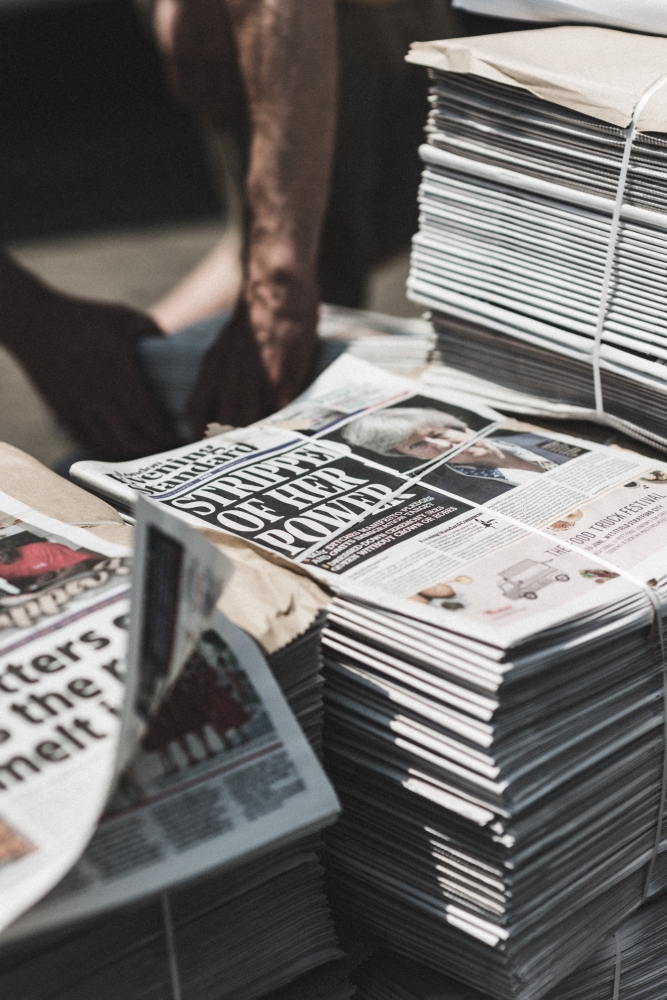Paris, 23 December — UNESCO has condemned the killing of 59 media workers in 2020, among them four women. With 22 killings each, the Latin America and the Caribbean Region and the Asia and the Pacific Region registered the highest number of fatalities in the profession, followed by the Arab States Region with nine, and Africa with six. Overall, 2020 saw one of the lowest yearly tolls recorded by UNESCO over the past decade, during which 888 journalists and media workers’ paid the ultimate price for informing the public. In 2019, UNESCO condemned the killing of 57 journalists, 99 in 2018
In 2020, we witnessed in a possibly unprecedented way, the relevance of journalism to our democracies and to the protection of human rights. However, the pandemic was also a ‘perfect storm’ affecting press freedom worldwide. At the dawn of a new year, I call on the world to stand up for information as a public good. Protecting journalism is protecting the truth.
Audrey Azoulay, Director-General of UNESCO
The 2020 UNESCO Director-General’s Report on the Safety of Journalists and the Danger Impunity, published on the occasion of the International Day to End Impunity for Crimes Against Journalists (2 November), provides insight into the patterns of killings of journalists over the past two years (2018-2019). On average over the past decade, one journalist was killed every four days. The Report also shows that impunity for crimes against journalists continues to prevail, despite a slight improvement in 2020 (87% compared to 88 % in 2019). The launch of the Director-General’s Report was accompanied by a high-impact global awareness-raising campaign titled “Protect Journalists. Protect the Truth”.
While the durability of recent improvements is still to be confirmed, conditions for media workers everywhere remain concerning. All too many killings still occur and non-fatal attacks and harassment continue to soar. 2020 brought to the fore the dangers facing journalists as they report on protests such as Black Lives Matter demonstrations and other movements around the world. In its issue brief Safety of Journalists Covering Protests, UNESCO identified 125 protests in 65 countries at which journalists were attacked or arrested between 1 January 2015 and 30 June 2020. Twenty-one of these events took place during the first half of 2020, but the number of incidents has kept rising during the second half of the year.
Additionally, the safety of women journalists remains a major source of concern. Targeted for their profession and gender, women journalists are particularly affected by online harassment and gender-based violence. To create a better understanding of the issue, UNESCO and the International Center for Journalists (ICFJ) launched a global survey on online violence against women journalists and effective measures to combat the problem in October 2020. Seventy-three percent of women journalists who responded said they had experienced online violence in the course of their work, and 20% said that the online harassment endured was followed by abuse or attacks offline.
Challenges to the safety of journalists were exacerbated by COVID-19. The crisis it unleashed has threatened the very viability and survival of professional media outlets, notably due to massive advertising revenue loss, and has created an even more precarious environment for media workers with new challenges to their right to seek, receive and impart information.
Additionally, in many countries, emergency legislation and measures adopted to curtail the spread of the virus have served as an alibi to restrict freedom of expression and of the press. Journalists have also been prosecuted for exposing the failings in authorities’ handling of the health crisis. Together, these conditions have formed what many have called a “perfect storm” leading to fear that the profession of journalism risks facing “extinction”, as noted in the issue brief Journalism, Press Freedom and COVID-19.
To face these challenges, UNESCO reinforced its awareness-raising programmes, engaged with the judicial profession to fight impunity, reinforced the UN Plan of Action on the Safety of Journalists and the Issue of Impunity, produced timely information about these pressing issues and increased capacity building opportunities for journalists and other media workers.
New commitments to addressing these challenges were made by key actors during the World Press Freedom Conference, organized by UNESCO and the Government of the Netherlands on 9-10 December. This included a new € 7 million allocation from the Netherlands to UNESCO and the OHCHR to strengthen press freedom and the safety of journalists in the coming years. Throughout the Conference, more than 50 Ministers, along with high-level representatives of the United Nations, media and civil society came together as part of an urgent call to protect press freedom and safety of journalists worldwide.
UNESCO this year renewed its commitment to raise awareness of the role of information as a public good. This has included a new initiative to promote transparency among internet platforms, which is essential to ensuring a human-rights based approach to challenges such as misinformation and hate speech. It also involves supporting the continued viability of a pluralistic media landscape, and teaching critical thinking via media and information literacy strategies.


